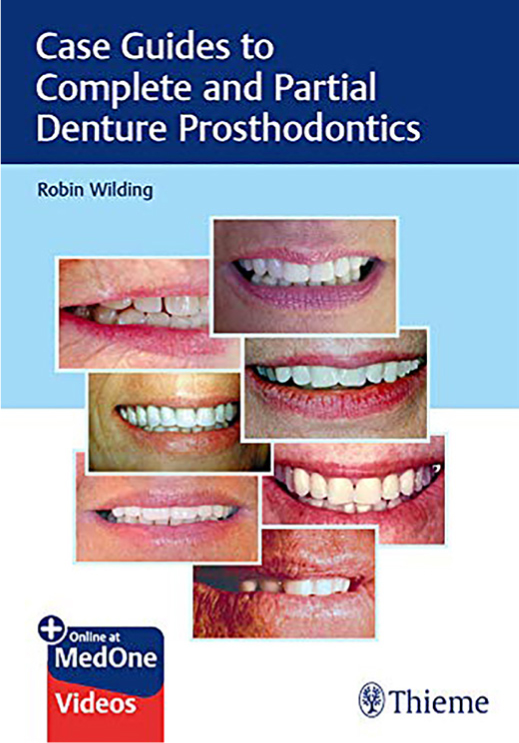Article

This book is based on 11 case guides that take the reader through the workflow and activity of providing removable prostheses. The book is orientated to the clinical technique for manufacturing removable dentures and goes into detail of how each case was treated. There is a gap in the market for this publication as there are relatively few books that are around at present that cover this subject area. There are 12 appendices labelled A to L that provide further detail for the reader on what to look out for when dealing with patients and how to treat and solve the problem.
The basic concepts are good and the book is a very good ‘How to do Prosthetics’ manual. The text chooses to be dentist-centred in its approach and is relatively weak in discussing patient expectations. There is little debate on evidence-based dentistry in the text and some of the techniques described may not have a place in the modern prosthetist's treatment regimen. For instance, the use of facebows in complete denture work is not seen as offering any advantage. Other techniques described are very useful and readers will appreciate the attention to detail on registration techniques and the setting up of teeth. The evidence base is weak in the subject of Prosthetics, so much of the reviewer's comments are open for debate. Therefore, a book that is high on technical detail requires other books or literature to fill in the voids that are not covered in this text. This will enable readers to use different aspects of the case studies to suit their own clinical work. Using the case study approach is therefore to be applauded. The terminology of the appendices is awkward and they may have been better served under the nomenclature of supporting material or similar as they are stand alone in their appeal. The book is very visual and therefore it is disappointing that some of the pictures are dark and could have been better exposed to see what is going on. Also, the pictures would have benefitted from being larger so that it is possible to see more detail of the procedures.
Overall, this book is a useful addition to the literature and it is helpful for demonstrating the techniques on offer within Removable Prosthodontics. It is good on describing the clinical techniques involved and this will be attractive to clinicians. It will probably work best as a companion book to other texts and future editions would be better served with more patient-orientated considerations in the chapters.

